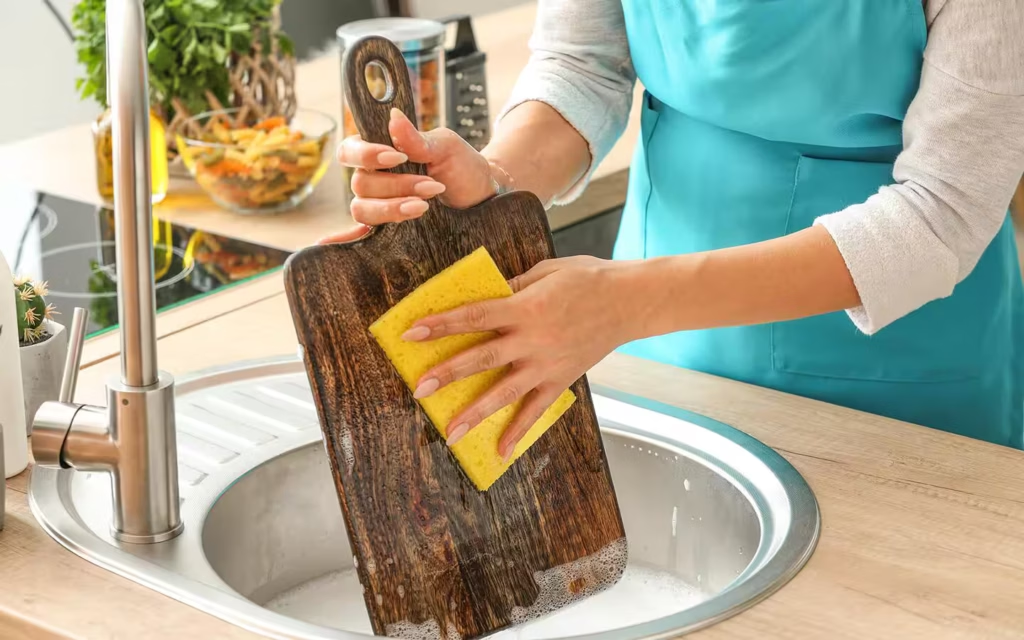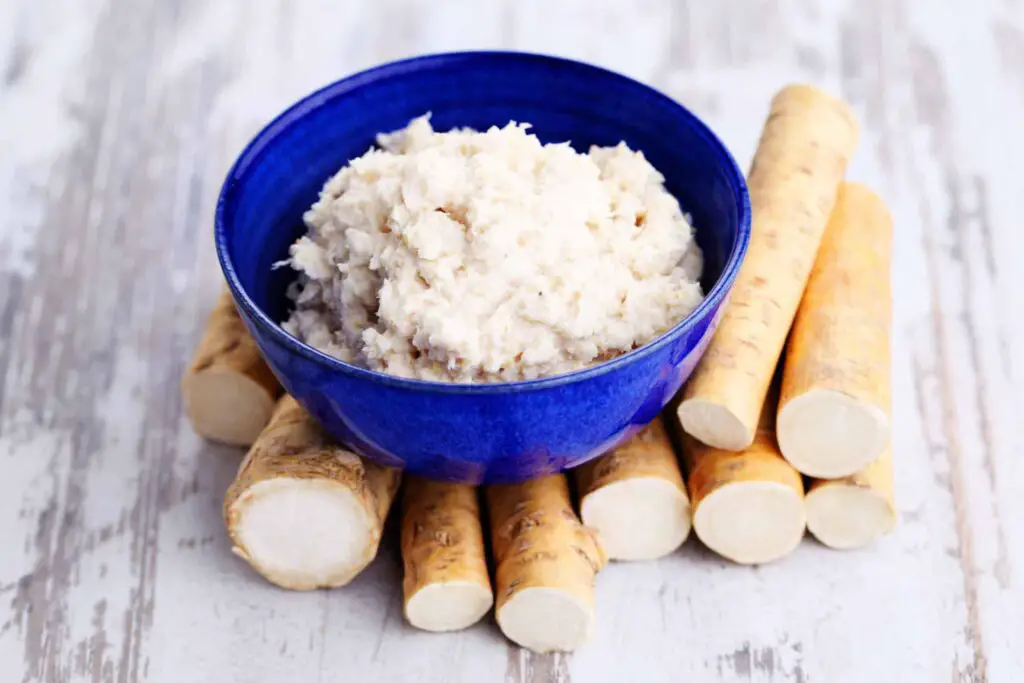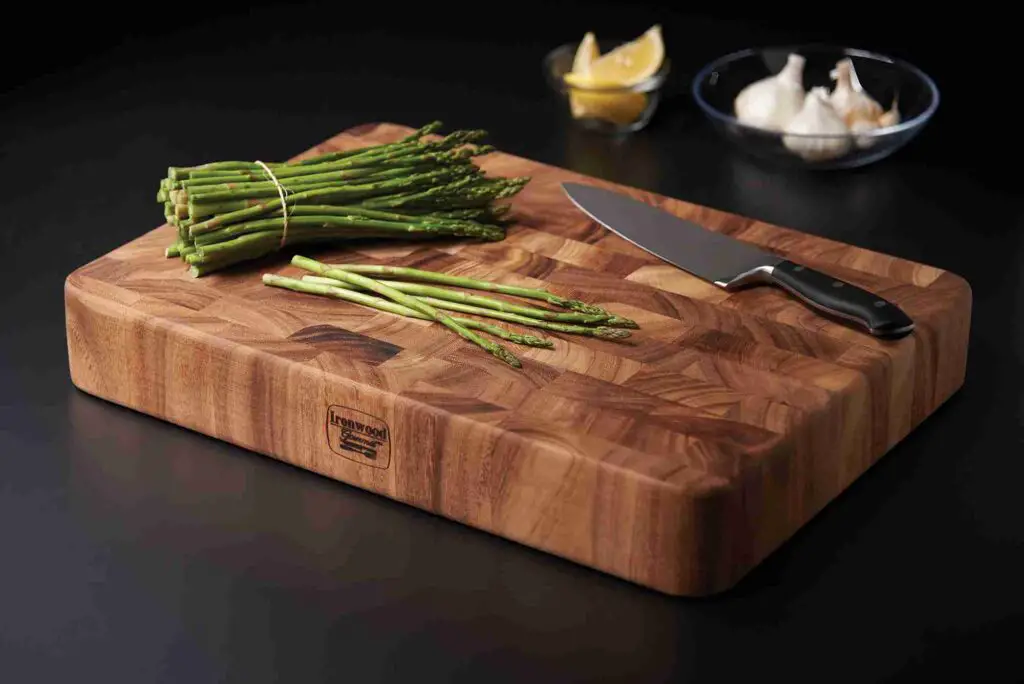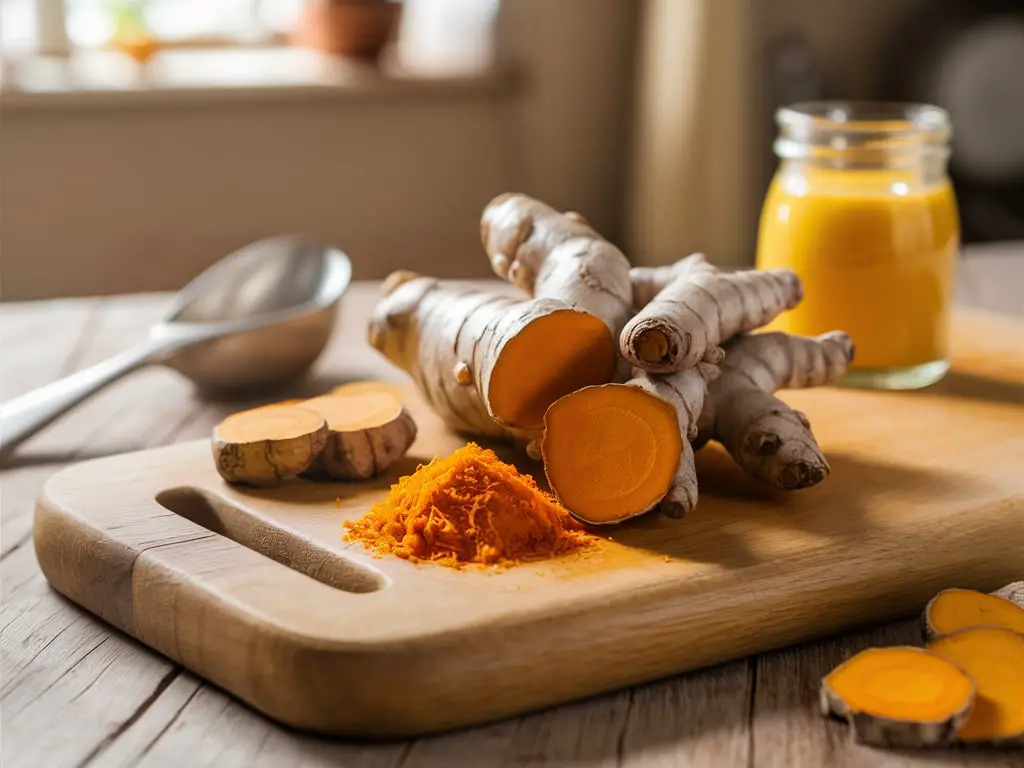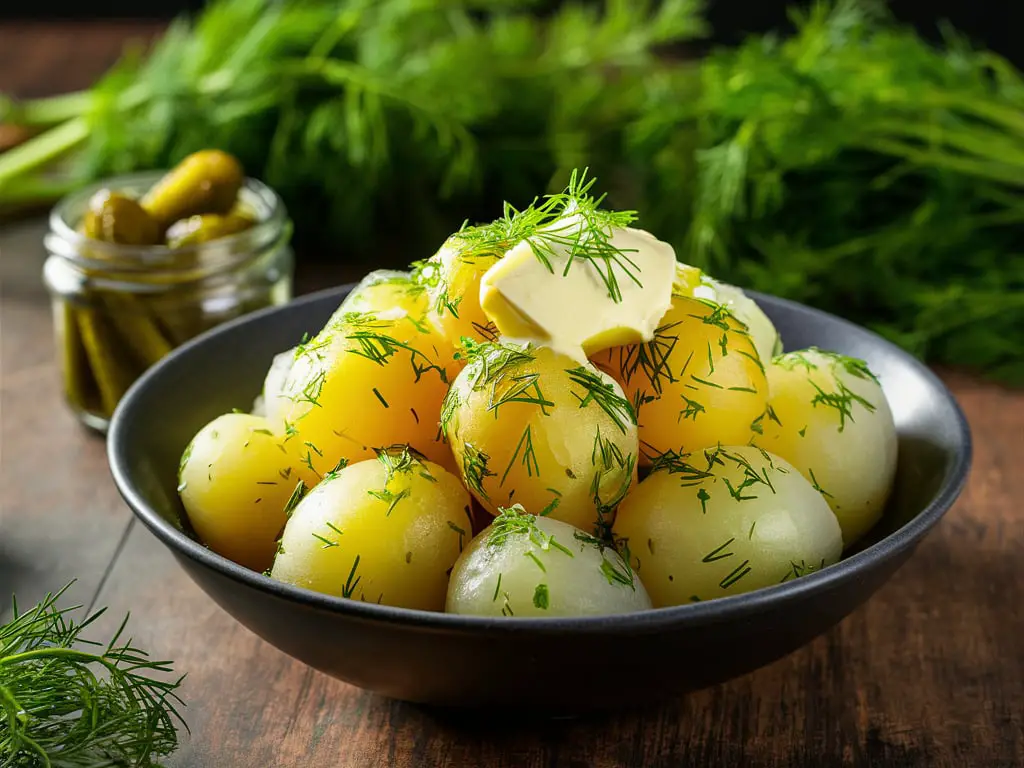8 Easy Way to Clean and Care for a Wooden Cutting Board
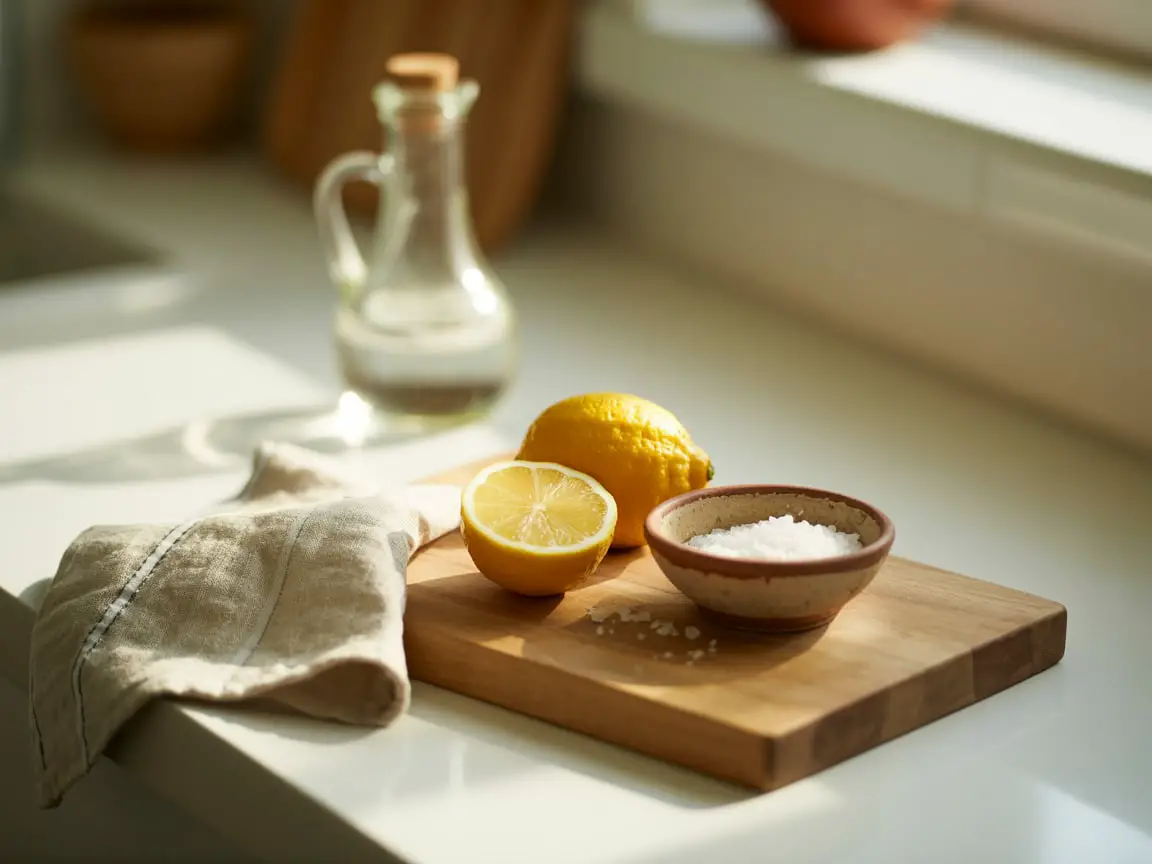
When I bought my first wooden cutting board, I didn’t think much about caring for it. I used it for everything—slicing fruit, prepping chicken, chopping onions—and when I was done, I’d rinse it quickly and leave it on the counter. Within months, it started to look dull, smell faintly like garlic, and even developed a small crack. That’s when I realized wooden boards need a little extra love.
Since then, I’ve learned the right way to clean and maintain them, and my current board has been with me for years. It still looks beautiful, and it doesn’t hold onto odors. The secret? A few simple habits and natural cleaning tricks.
Here are the 8 best ways to clean, deodorize, and maintain a wooden cutting board so yours lasts as long as mine has.
Key Takeaways
- Wash after every use with warm water and soap.
- Never soak or put your board in the dishwasher.
- Skip bleach—it damages wood and leaves odors.
- For strong smells, try vinegar, lemon + salt, or baking soda.
- Oil or wax monthly to keep wood hydrated.
- Sanding can refresh older boards with knife marks.
- Caring properly prevents cross-contamination and extends board life.
- A well-cared-for board is safer, cleaner, and more beautiful.
1. Everyday Cleaning With Soap and Water
Let’s start with the basics. After chopping, always wash your board with warm water and mild dish soap. Scrub gently with a soft sponge or a small brush to loosen food particles. Don’t forget to clean both sides—even if you didn’t use the bottom. This prevents the board from drying unevenly and warping over time.
Once clean, towel-dry it and then let it finish air-drying upright. A little airflow helps prevent moisture from lingering, which could cause mold.
Personal note: I used to only wash the side I cut on. The result? My board curled slightly at the edges after a few months. Since switching to washing both sides, I haven’t had that issue again.
2. Avoid Soaking and Dishwashers
This is one of the easiest mistakes to make. Leaving your board to soak in a sink full of water feels harmless, but wood absorbs water quickly. That’s when swelling, warping, or even cracking happens.
Dishwashers are even worse. Between the heat, steam, and strong detergents, they can destroy a wooden board in a single wash.
If your board gets greasy and you feel like it needs a deeper clean, resist the urge to soak. Instead, use hot water and soap with a scrub brush. It’ll do the job without the damage.
3. Skip the Bleach
At some point, I read online that bleach could sanitize a cutting board. I tried it once—and regretted it instantly. The wood absorbed the smell, and no matter how much I rinsed, my board gave off a faint bleach scent for weeks. Worse, bleach dries out the wood, leading to cracks.
The truth is, you don’t need bleach at all. Soap and hot water are more than enough to clean and kill bacteria on wood. For extra freshness, vinegar or lemon (we’ll get to those) do the job naturally.
4. Use Vinegar to Deodorize
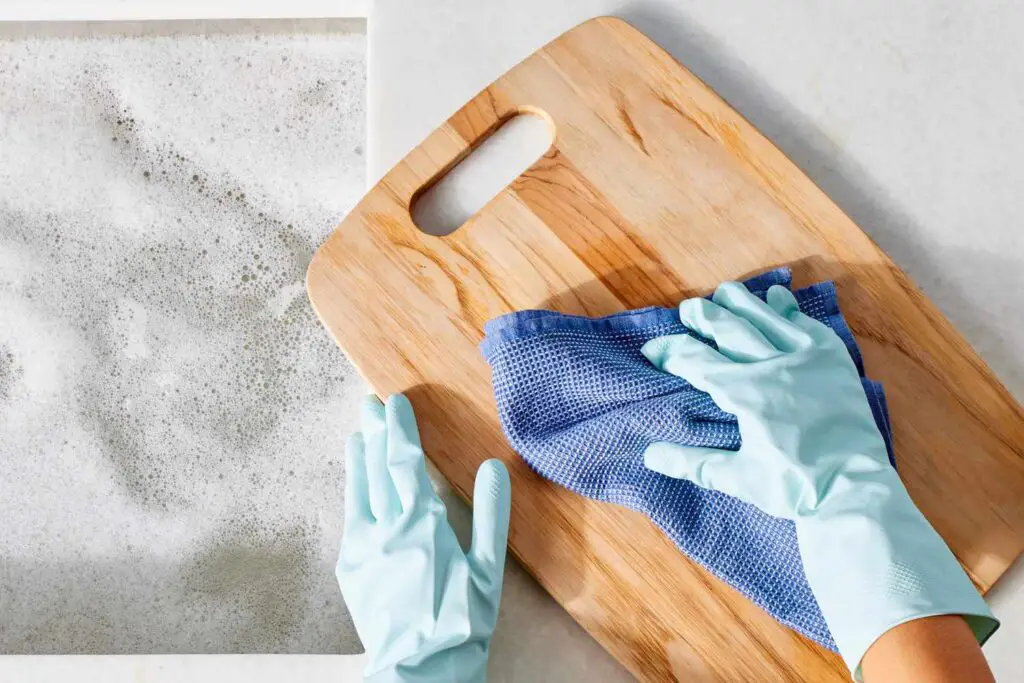
If you’ve ever chopped garlic and then sliced an apple on the same board, you know how frustrating lingering odors can be. That’s where vinegar comes in.
Mix equal parts white vinegar and water in a spray bottle. Lightly spritz your board after washing, let it air-dry, and you’ll notice the smell disappears. The vinegar neutralizes odors without leaving its own scent behind.
I keep a small spray bottle of vinegar solution under my sink just for this purpose. It’s a quick fix whenever my board smells a little “off.”
5. Lemon and Salt Scrub
This is my favorite trick—it feels a little like giving your cutting board a spa treatment. Sprinkle coarse kosher salt over the surface, then cut a lemon in half and use it as a scrubber. Press down slightly so the juice mixes with the salt, forming a natural paste.
Not only does this remove strong odors, but it also lifts stains. I use this method after cutting onions, garlic, or citrus fruits. Leave the mixture to sit overnight, then scrape it off in the morning with a bench scraper or spatula. Rinse, dry, and admire how fresh your board looks.
6. Baking Soda Paste
Sometimes odors and stains are stubborn, especially after prepping things like fish or beets. In those cases, a baking soda paste works wonders.
Mix three parts baking soda with one part water to form a paste. Spread it over the board, let it sit for 5–10 minutes, then scrub gently with a brush or sponge. Rinse thoroughly and dry.
The first time I tried this, I had just cut fresh salmon, and the smell lingered even after washing. The baking soda paste erased it completely.
7. Oil or Wax Monthly
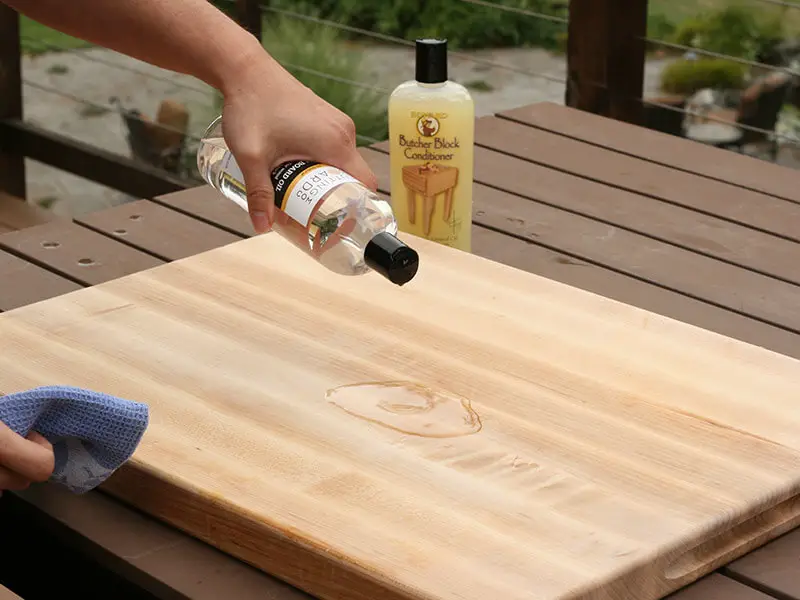
This is the step that takes your board from functional to beautiful. Wood naturally dries out over time, especially with frequent washing. Once a month, rub food-grade mineral oil or beeswax into the surface.
To do it properly:
- Make sure the board is completely dry.
- Pour a small amount of oil and spread it evenly with a clean cloth.
- Let it soak overnight.
- Wipe off any excess in the morning.
Oiling not only keeps the wood from cracking but also makes it resistant to absorbing moisture and odors. I always love how rich and glossy my board looks after a fresh oiling.
8. Sanding for a Fresh Start
If your cutting board has been around for years, it might have deep knife marks or feel rough. That’s normal—wood is soft and naturally shows wear. The good news? A quick sanding can make it look brand new.
Use fine-grit sandpaper and gently sand the surface until it feels smooth again. Once done, wash, dry, and reapply oil. The board will look like it just came out of the box.
I’ve done this twice with my oldest board, and it always amazes me how rejuvenated it looks afterward.
Final Thought
A wooden cutting board is more than a kitchen accessory—it’s part of the memories you create in your home. With just a few minutes of care each week, it will stay safe, clean, and beautiful for years.
Soap and water handle daily cleaning, vinegar and lemon keep odors away, and monthly oiling ensures it won’t dry out. For boards that have seen a little too much love, sanding brings them back to life.
Take care of your board, and it’ll take care of you through countless meals, from weekday dinners to holiday feasts.

